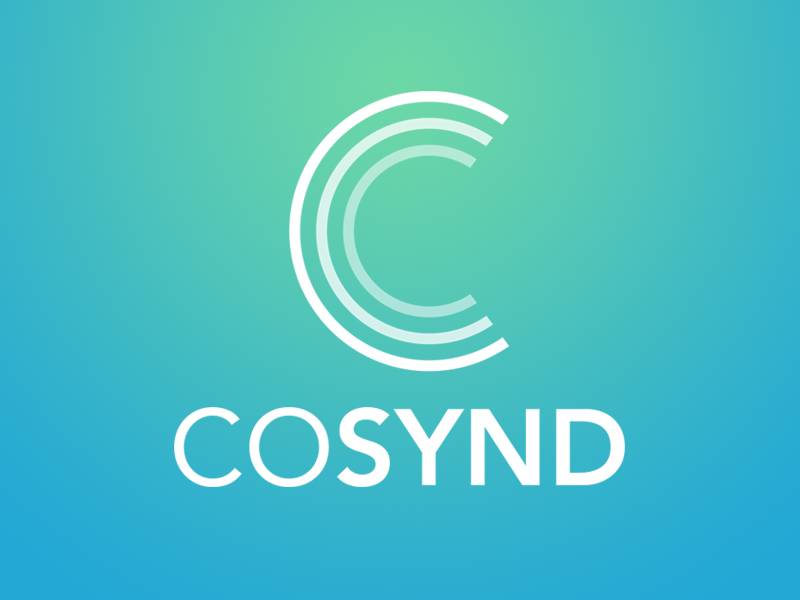Controlling Copyright Gets Easier for Creators: Cosynd’s Fast Workflow
Backed by unanimous support in both the U.S. House of Representatives and the U.S. Senate, the Music Modernization Act became law this past October 11th.
Soon the MMA’s presence will be felt in force as it ripples through the industry. In addition to the new royalty allocations, there will be an entirely new collective that will be responsible for paying those royalties out. Copyright owners will need to prove to this collective that they are the owners of their content, which will be easy for the small percentage of creators that own everything outright.
But another, and significantly large, class of creators will not have it so easy: those who have collaborated with others. A typical artist often works together with other songwriters, producers, engineers, musicians, photographers, editors, in the process of song creation. But what many creators may not realize is that without a copyright ownership agreement in place, all collaborators have an equal claim of ownership by default under U.S. copyright law.
This fact has created massive complications for the unprepared, since collaborators who have only made a small contribution to a work can — and often do — claim to have the same ownership and rights as the principal creator. The lack of a written agreement can have far-reaching implications beyond that leading to a loss of proper credit, missed royalty payments, having content withheld or banned from digital services, and more.
A startup named Cosynd has emerged from beta, with the goal of helping creators avoid these pitfalls by providing them with an easy path to creating copyright ownership agreements with their collaborators. Their footprint is expanding rapidly, via a just-announced partnership with digital music distributor CD Baby that enables their members to easily create basic copyright ownership agreements such as split sheets, premium copyright ownership agreements, work-for-hire agreements and to register with the U.S. Copyright Office.
As more studios and producers diversify their business models to incorporate labels and libraries, tools like Cosynd can help to streamline their operations — and avoid getting ensnared in bitter legal battles down the line. In this interview with SonicScoop, Cosynd CEO Jessica Sobhraj explained Cosynd’s role in helping creators of music — as well as videos, images, photographs, and literature – to better protect themselves.
Why did you start Cosynd?
Everyone on our team is an advocate and supporter of the creative community. We have first-hand knowledge of the pain caused by missing or incorrect ownership data — piracy, misuse, outright theft, loss of income, and takedowns.
We knew that we could build a solution for our community that would be powerful yet easy to use. We designed Cosynd to be an essential toolkit for creators that could generate customized versions of the standard contracts that address the nuances of shared copyright, while also leaving room for attorneys to assist, if needed.
Although some creators may not realize the importance of documenting ownership of their content from the onset, they can’t afford not to. To date, an estimated $2.5 billion dollars worth of “black box” royalties have gone unclaimed and are instead being funneled to the major labels and publishers, because of incorrect ownership data.
Are there other applications playing in this space?
Unlike other apps, Cosynd is the only platform that helps music creators legally document ownership of their music, and other types of copyrights too, such as videos, images, photographs, literature and more in minutes — for free and collaboratively.
Cosynd outpaces other apps by offering more comprehensive agreements, requiring real e-signatures, allowing each collaborator to verify their own ownership percentage and add their own publisher/writer information. We are also the only application that allows additional titles to be added to the same agreement at any time in order to save everyone from having to process even more paperwork.
We also allow you to invite your own attorney to review and redline your agreement (if want to).
Cosynd in Action
Give us a look at how Cosynd works in action. How can creators use it?
There are several key functions.
Create a free copyright split sheet: A copyright split sheet is the fastest and most basic agreement that can be made on Cosynd. If you’re creating music, videos, documents, or visual art with other people, you can use Cosynd’s copyright split sheet to protect your copyrights by allocating ownership by percentage.
A split sheet can be particularly important if you plan to distribute your content, on YouTube for example, which requires proof of ownership if a copyright claim is placed on your content.
Establish who can license your content: One of the most critical mistakes creators make (creators of music in particular) is to not discuss who among your collaborators will have the right to license your content. It’s not uncommon to find your content on other platforms or within productions without your permission/compensation, because of this oversight.
On Cosynd, creators can create a customized premium copyright ownership agreement that allocates ownership of your copyright and also establishes who may license it, how disputes will be handled, how other can use your name, brand, trademarks, and more. This document is more comprehensive than a split sheet, but it still very easy to breeze through creating.
Prevent others from having a claim on your content: In some instances, you may hire a collaborator to help you create your content with the understanding that they will not actually own any portion of the copyright.
On Cosynd, creators can create a customized work-for-hire agreement, which is an agreement between you and an independent contractor that is providing services for you in connection with the creation of your content.
It clearly establishes your ownership of the content and states that the independent contractor will not own the copyright. A work-for-hire agreement also outlines the scope and terms of the work and services to be done, including responsibilities, payment terms, credit, dispute resolution and more.
Register your content with the U.S. Copyright Office: Copyright owners that rely on “poor man’s” copyright, which is the process of mailing yourself your content, are not granted the same protections and rights of owners that registered with the Copyright Office.
The difference is critical, particularly when it comes to legal proceedings (when things go wrong, like they sometimes do). Copyright owners that have registered may be eligible to collect a higher sum from legal lawsuits compared to copyright owners that have not registered – $150,000 per infringement. If you are only relying on “poor man’s copyright,” you can only collect actual damages — even if you win your suit, you could end up owing more in legal fees than the sum you won!
In most cases, existing Cosynd users can complete a copyright registration application in minutes. Cosynd will:
- Automatically determine which application to file on your behalf.
- Instantly determine the correct work type category for your registrations.
- Transfer existing work, authorship, and claimant information to your application
- File the actual application on your behalf.
Stepping back, how would you characterize the experience of starting a new company in the copyright space – what have been the most challenging and rewarding parts of launching Cosynd?
Building Cosynd has been quite the journey. We operate in the intersection of technology and copyright, so we have to constantly balance creating sustainable technology that can tackle the nuances of copyright while still being easy to use.
It’s a fun challenge to face, and it’s so rewarding to be able to make it affordable for creators to protect themselves and their content!
— David Weiss
Please note: When you buy products through links on this page, we may earn an affiliate commission.













